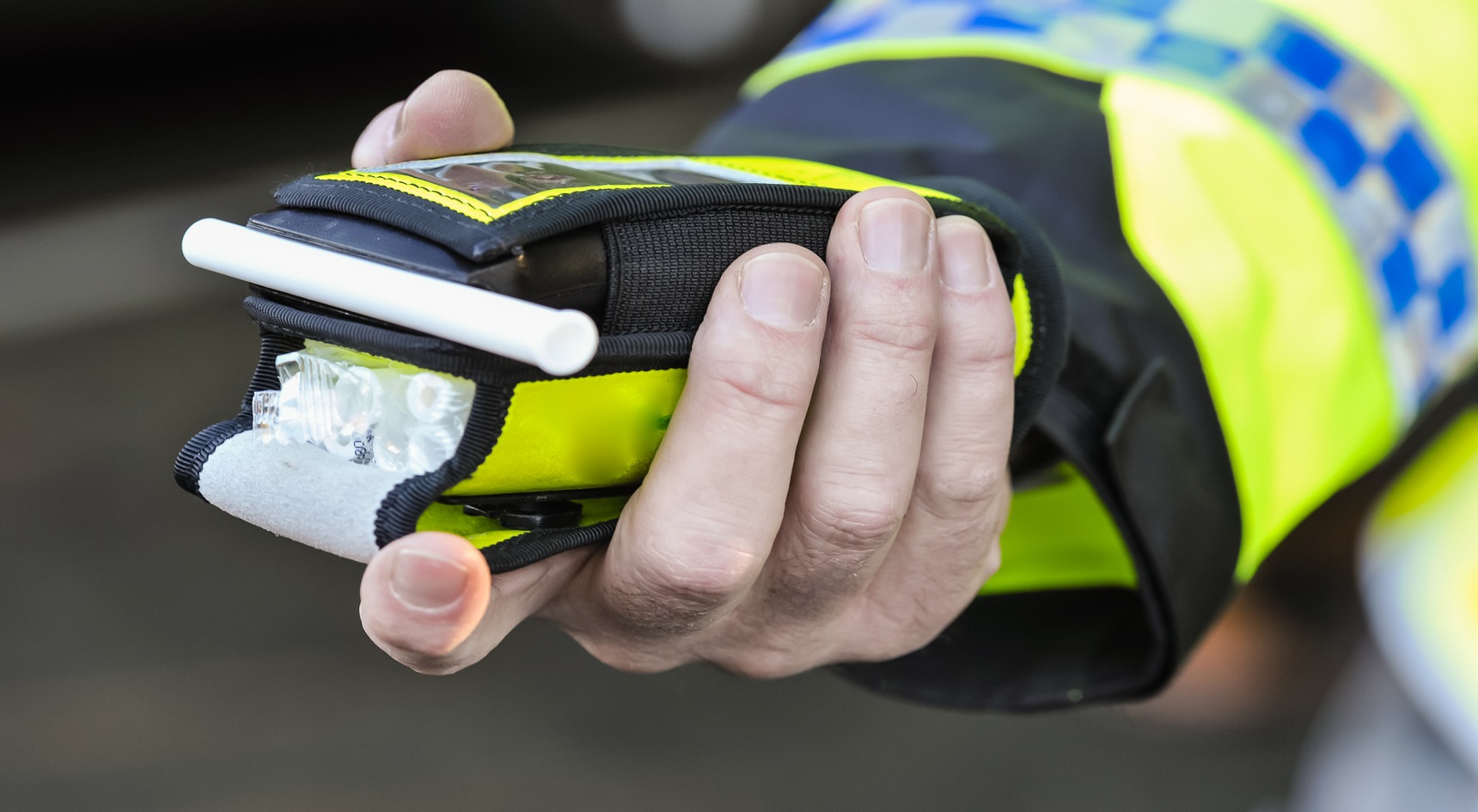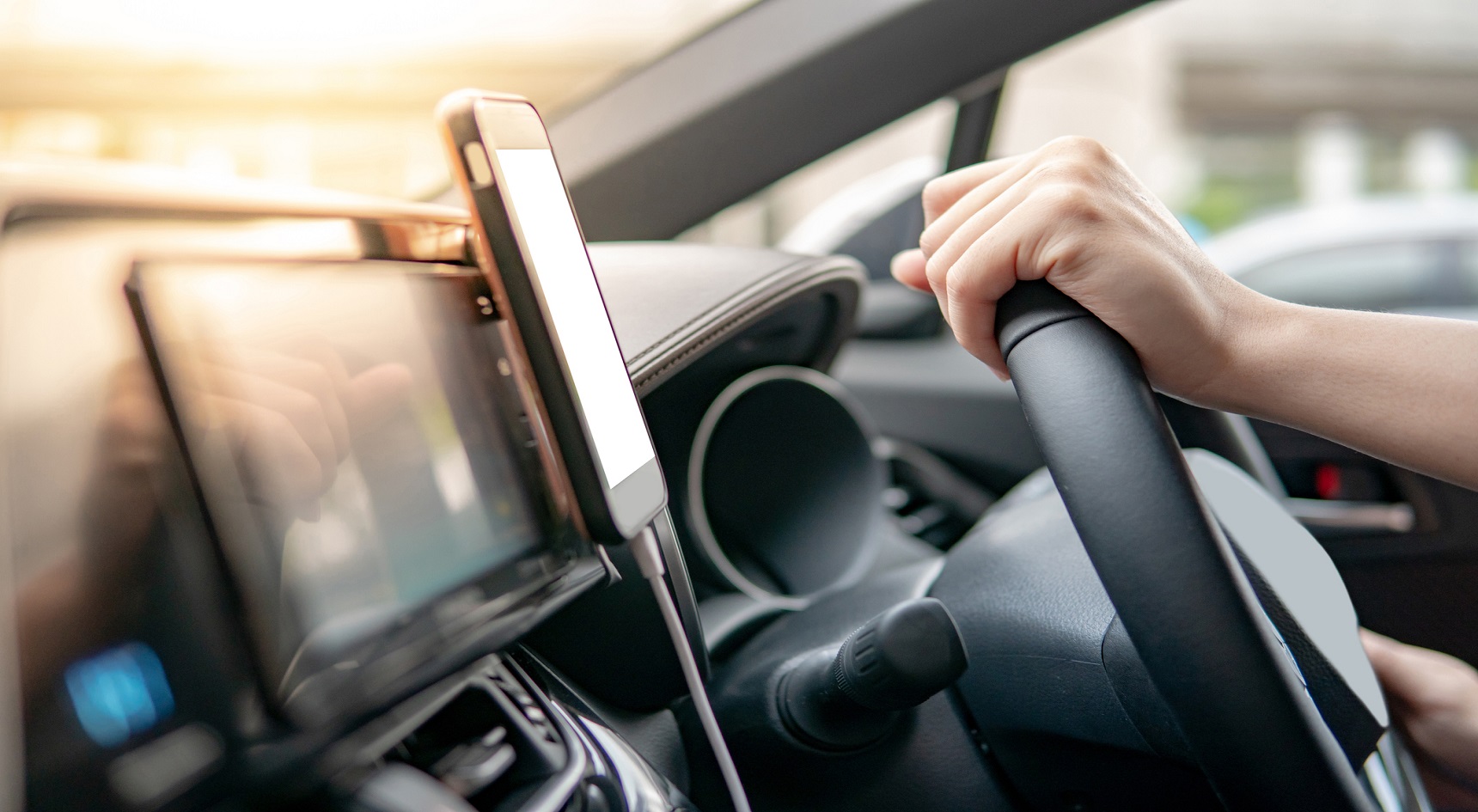4 rules that’ve changed our roads for the better
 There are more than 350 Australian road rules, each serving their own purpose. We reveal a few that have stood the test of time – and helped save lives.
There are more than 350 Australian road rules, each serving their own purpose. We reveal a few that have stood the test of time – and helped save lives.
Rule 1: Wear your seatbelt
Buckling your seatbelt is second nature to most, just like brushing your teeth. But that wasn’t always the case. Back in the 60s, when miniskirts and textured tights were in, seatbelts were a rarity. It wasn’t until 1971 that it became compulsory to wear seatbelts. The law had such a positive impact in its first year that the national death toll reduced by almost 10%. Unsurprisingly, it’s stuck around. Research shows wearing a seatbelt doubles your chance of surviving a serious crash. But what are the consequences of not wearing one? If you’re involved in a crash in a vehicle travelling at 40km/h, the effect is said to be similar to falling from a 2-storey building. Of the 476 road fatalities in South Australia over the past 5 years, 72 victims were not wearing their seatbelt.This humble, yet lifesaving piece of polyester isn’t going out of fashion – nor is the rule that requires us to wear them.Break the rule: If a driver or their passenger is aged 16 years or older and caught not wearing their seatbelt, they’ll be fined $381 and a $60 Victims of Crime Levy. What’s more, the offender will incur 3 demerit points. The driver may also be fined for carrying unrestrained passengers, including children. The more unrestrained passengers a driver has, the larger the penalties become.
Rule 2: Don’t drink and drive
Here’s a road rule that’s had a good influence over the years – prohibiting motorists from driving under the influence of alcohol and drugs. In January 1966, a law limiting the amount of alcohol a driver could have in their system was introduced in South Australia. It became an offence to drive with a Blood Alcohol Content (BAC) of 0.08g or higher. The following year, in 1967, the breathalyser was introduced as a way of testing a driver’s blood alcohol level.Drink driving campaigns also ramped up to catch up with the law, with the famous slogan ‘If you drink, then drive, you’re a bloody idiot’ becoming a national catchphrase in 1989.Despite moves in the right direction, it took a few more years for the drink driving rule to be revised to what it is today. On 1 July 1991, the legal blood alcohol limit for drivers in South Australia was lowered from 0.08 to 0.05g/100mL. As for L and P plate drivers, it’s illegal for them to have any alcohol in their system while behind the wheel. When it comes to the strictest drink driving laws, South Australia still has some catching up to do with the rest of the country. Currently there’s no specific rule banning a motorist from drinking alcohol while driving – they just need to be under the limit.

The road rule prohibiting drink driving has had a good influence over the years. Image: iStock
Rule 3: Stay off your phone
Did you know using a mobile phone while driving, even if you’re just looking at a text, increases your risk of crashing up to 4 times? That sobering statistic alone explains why mobile phone laws have become firmer over the years. Research has shown that even accepting a hands-free call can be a distraction for the driver. In fact, distraction was a factor in 46 of the fatalities on our roads in 2019. Our message? Better to let it go and message or call back when you’ve reached your destination.
Using your mobile phone while driving increases your risk of crashing by up to 4 times. Image: iStock

